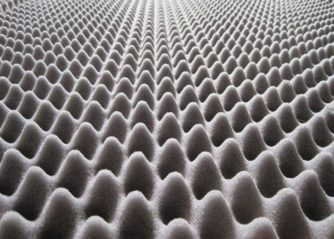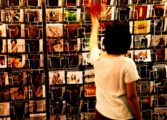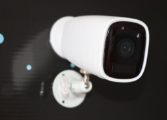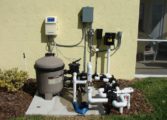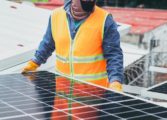**Film Everything Everywhere All at Once: The Ultimate Guide for Aspiring Filmmakers**
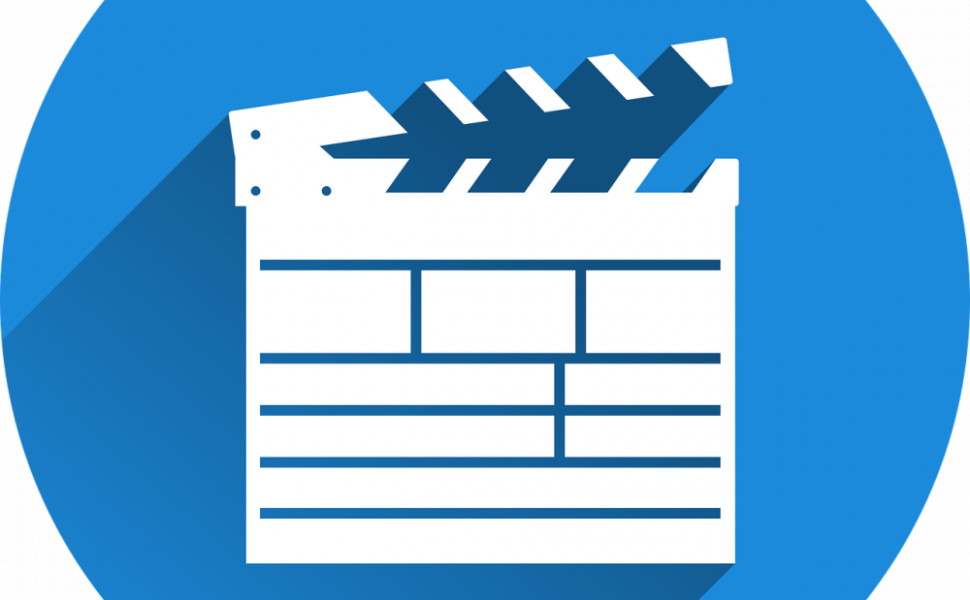
*In the era of digital technology and widespread connectivity, the ability to film everything everywhere all at once has revolutionized the way we capture and share our world. From breathtaking travel vlogs to captivating documentaries, this phenomenon has opened up endless possibilities for aspiring filmmakers. In this article, we will delve into the intricacies of filming everything everywhere all at once, tracing its historical development and highlighting its importance for film enthusiasts.*
**Introduction to Filming Everything Everywhere All at Once**
Filming everything everywhere all at once refers to the practice of capturing footage from various angles and perspectives simultaneously, utilizing a combination of cameras and recording devices. This technique allows filmmakers to capture different viewpoints, creating a more immersive and dynamic viewing experience. Whether capturing a live event, documenting a journey, or simply exploring creative possibilities, this method enables filmmakers to provide a comprehensive visual representation of their subject matter.
One of the key aspects to understand when delving into the concept of filming everything everywhere all at once is the equipment involved. Multiple cameras placed strategically in the desired location are synchronized and operated remotely or edited together to create a seamless and coherent narrative. Advanced technology and software have made this process more accessible, fostering creativity and experimentation in filmmaking.
**The Evolution of Filming Everything Everywhere All at Once**
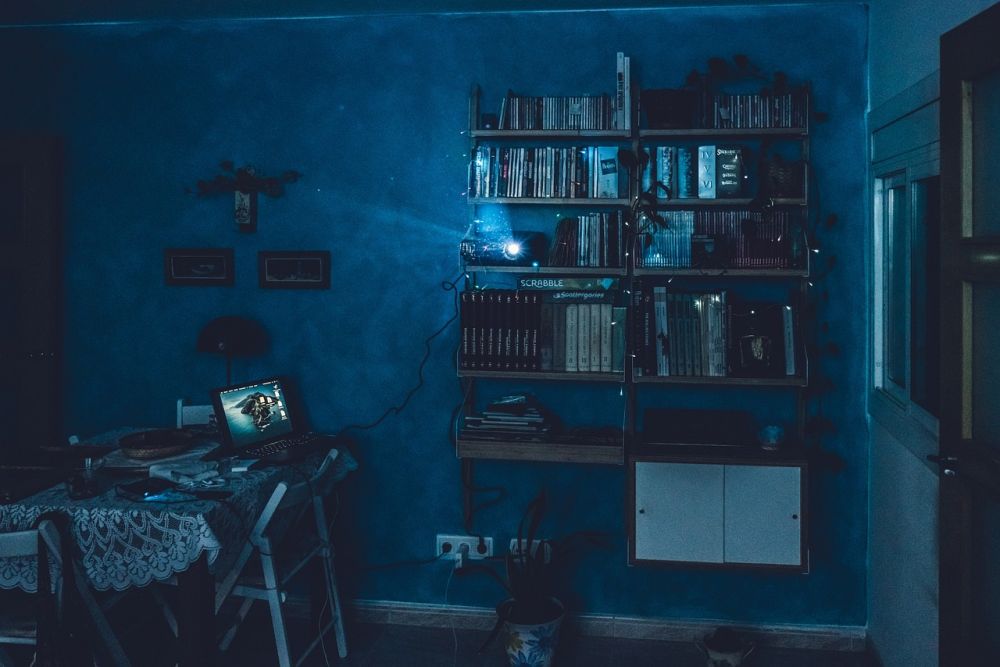
The history of filming everything everywhere all at once can be traced back to the early 2000s when the advent of digital cameras and improved connectivity made it possible to synchronize multiple cameras. Initially, this technique was limited to professional filmmakers with access to high-end equipment. However, as technology progressed, smaller and more affordable cameras emerged, making it feasible for enthusiasts to experiment with this form of filmmaking.
The proliferation of social media platforms and online sharing further popularized the concept of filming everything everywhere all at once. In the early days of YouTube, creators began using multiple cameras to capture their daily lives, travel experiences, and even mundane activities. This new way of storytelling gained traction, captivating audiences with its immersive and authentic nature.
As the demand for more engaging and interactive content grew, major film and television production companies started incorporating this technique in their projects. Filmmakers recognized the potential of filming everything everywhere all at once to enhance the audience’s viewing experience, leading to its integration into documentaries, live events, and even scripted television shows. This evolution marked a significant shift in the industry, where traditional storytelling methods were being supplemented with a more immersive approach.
**The Importance of Filming Everything Everywhere All at Once**
Filming everything everywhere all at once offers several benefits for both filmmakers and viewers. Firstly, it allows filmmakers to capture moments from multiple perspectives, providing a more comprehensive understanding of the subject matter. This technique can be particularly impactful in documentaries, where it enables the audience to experience the narrative from different vantage points, enhancing their emotional connection with the content.
Furthermore, this style of filmmaking fosters a sense of presence and immersion for the viewers. By utilizing multiple synchronized cameras, filmmakers can create a more realistic and dynamic representation of events or locations. This heightened sense of realism contributes to a more engaging and captivating storytelling experience, keeping the audience invested throughout the content.
Additionally, the versatility of filming everything everywhere all at once allows for greater creativity and experimentation. By exploring different angles and viewpoints, filmmakers can experiment with unconventional narratives, challenging traditional filmmaking norms and pushing the boundaries of storytelling.
**Conclusion**
Filming everything everywhere all at once has transformed the way we capture and share our world. Through the use of synchronized cameras, filmmakers can provide a more immersive and dynamic viewing experience, bridging the gap between the audience and the narrative. As technology continues to advance and become more accessible, this technique will undoubtedly continue to evolve, pushing the boundaries of creativity in the filmmaking industry.
Whether you’re an aspiring filmmaker or simply an enthusiast, embracing the concept of filming everything everywhere all at once opens up a realm of possibilities. From engaging documentaries to captivating travel vlogs, this technique has the power to transport audiences to different realms and evoke genuine emotions. So grab your cameras, synchronize them, and embark on an exciting journey of visual storytelling like never before.



